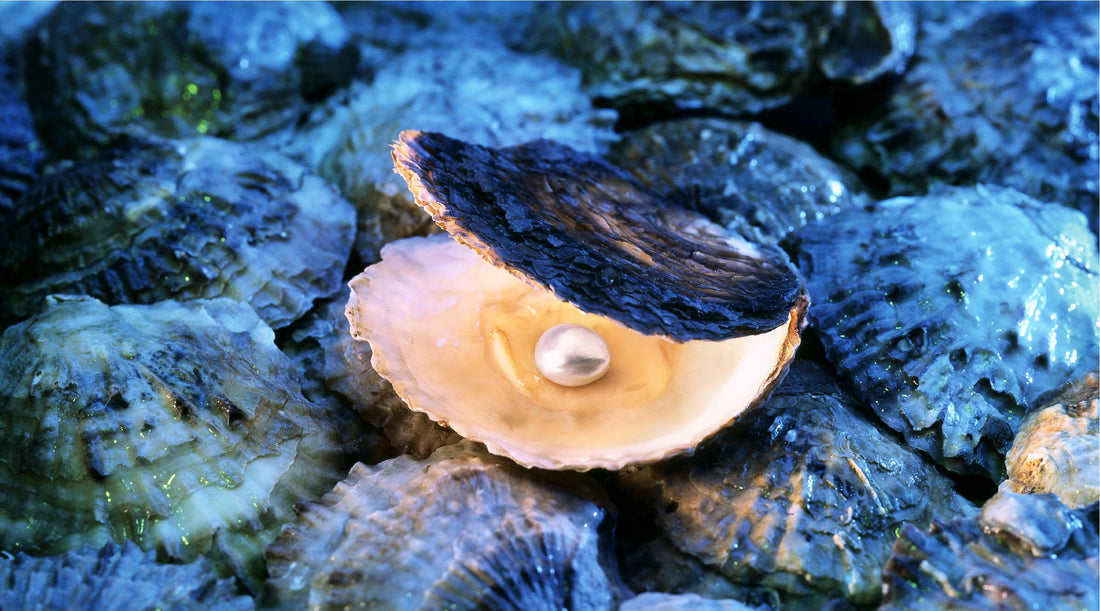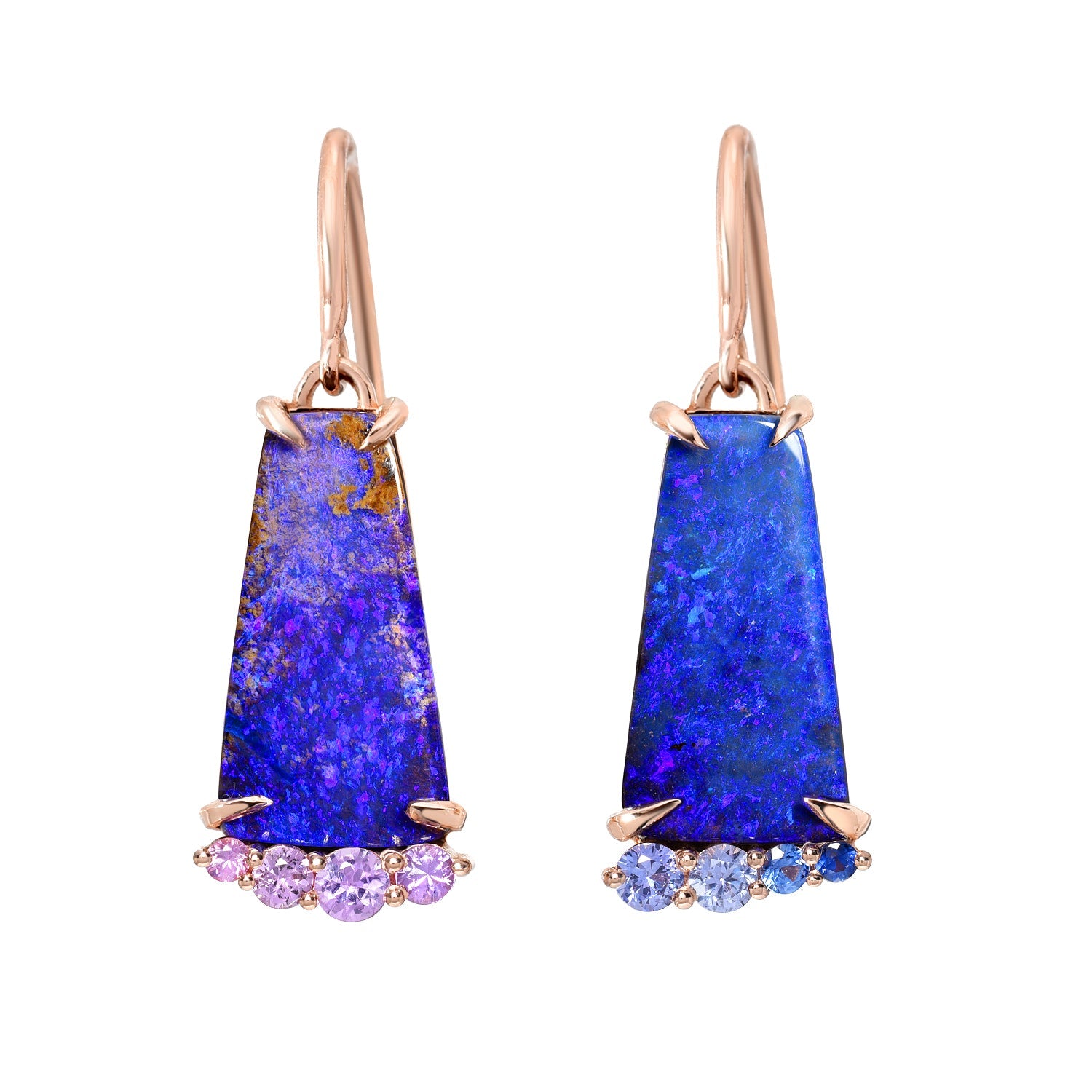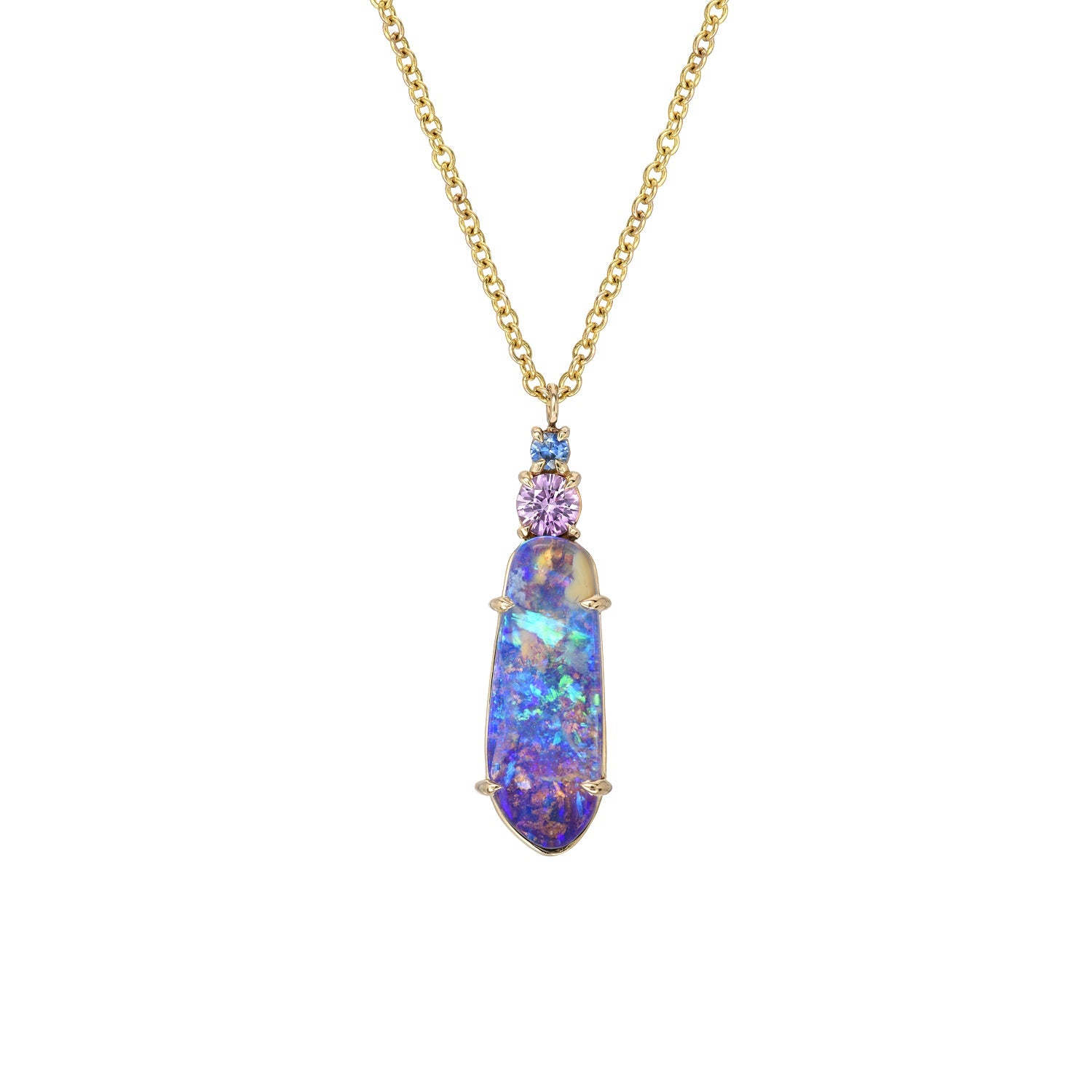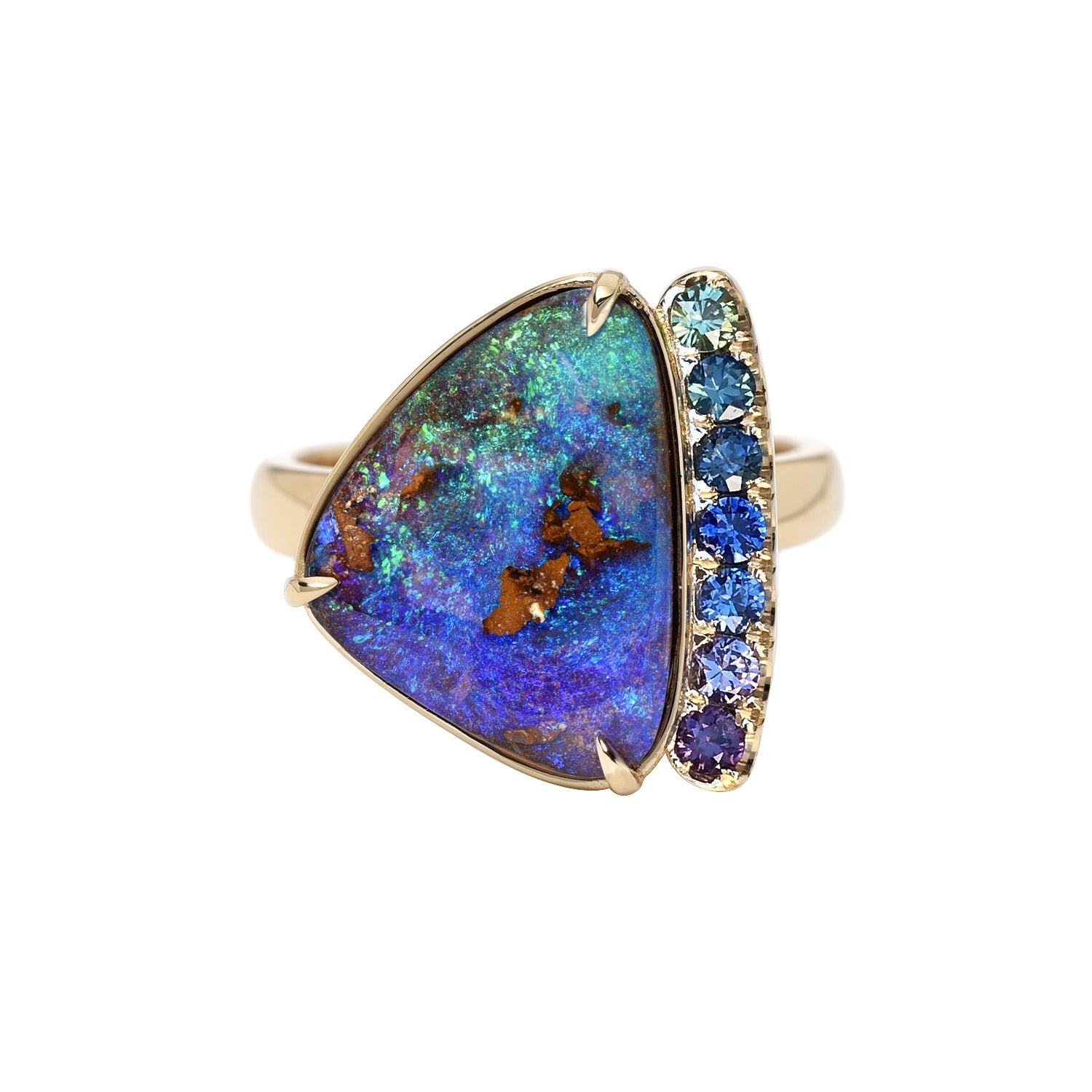
Pearls --- and their mysteries
luis gomezShare
In this blog piece, we’re going to explore the unique idiosyncrasies and history of the gemstone that’s unlike other gemstones — the pearl. We’ll address the definition of pearls, how they are formed, the types of pearls available for purchase on the market, and a bit about their fascinating history. Here at Nixin Jewelry, we appreciate the beauty of pearls – it’s not a stone we often use in our pieces, but it's one we can’t help but admire. Like diamonds, emeralds, and other gemstones, pearls are natural masterpieces. It’s paramount for consumers to understand what factors to consider when investing in a pearl.
What are pearls?
Pearls are hard lustrous gemstones formed within the soft tissue of mollusks; generally by mussels in freshwater and by oysters in saltwater. Like the shells of these mollusks, a pearl is largely composed of calcium carbonate.
The ideal pearl, the type that is most sought out for jewelry, is perfectly round and smooth with high luster (the bigger, the better) — nevertheless, it’s important to highlight the fact that pearls, despite common misconceptions, come in an array of other shapes. Some, with memorable nomenclature like ‘baroque’ pearls, which are irregular in shape and were most revered by Renaissance jewelers — hence their unique name.
The finest, most valuable pearls occur spontaneously in the wild. They are extremely rare and when they naturally occur, the novelty of the finding can drive a lofty market value.
Where does the name pearl come from?
The etymological root of the English word for pearl hails from the French, “Perle.” The word “Perle” meanwhile can trace its origins to 12th-century Latin, to the term “Perna,” which means leg or leg sharp bivalve — a type of marine and freshwater mollusk that’s composed of a shell with two hinged parts.
How are Pearls created?

Shelled mollusks, all of them, can produce some kind of “pearl,” though some are more productive than others. This is a natural process for these types of marine animals — though we see the pearl as a beautiful object, it is actually the mollusk's way of developing an ulcer when provoked. A pearl is formed when an irritant, a foreign object like a grain of sand, makes its way into the mollusk. The oyster, clam, mussel, or other species of mollusk tries to fight off the infection, recognizing it as non-native. It secretes a fluid that coats the object, a byproduct of its natural defense mechanism. When it can’t expel this object it continually coats it with this viscous iridescent liquid, or ‘nacre’, creating multiple shiny layers around the foreign object — the average pearl may have thousands of nacre layers. Depending upon the nacre growth rate and other circumstances, it can take 6 months to 4 or 5 years for a fully developed pearl to form. .
Natural pearls come upon this requisite irritant naturally, while cultured pearls have the alien object surgically implanted into them. In the latter’s case, the industry normally employs carefully crafted resin beads or a ‘Mother of Pearl’ piece of shell, created from ground up mollusk shells, to insert and prompt this process.
Whether it is a natural or a cultured and implanted irritant the process of forming a pearl once the initial “insemination” takes place is slow and oftentimes complex. It can take several years for a pearl to reach maturity and a lot of factors must work in unison for a successful outcome.
- The mollusk must be of an adult age. This usually takes, at the very least, 3 years.
- The irritant must be implanted or introduced in such a manner that it doesn’t harm the animal.
- Once the object is assimilated into the mollusk, it can take up to another 5 years for the pearl to reach its full size.
- In many cases, the foreign object is rejected, the irritant might kill the mollusk, or the animal will simply die from natural diseases or complications.
- By the 6 to 10 year cycle, only a small number of pearls are produced; 50%. And, of that number, only 5% are considered high-quality pearls and can be used for jewelry.
It’s been estimated that the cost, in most cases, for a pearl farmer - someone who dedicates themselves to producing pearls - is about $100 per oyster. They invest that amount in every one of their animals, many of which will produce nothing, or simply die. At best, many of their oysters that will produce, are likely to do so only once in their relatively short lifespan.
Types of Pearls
Gatsby Hexagon Garnet and Diamond Ring
Pearls are broadly classified by two characteristics, with a host of other factors to the better assess their value. GIA, (Gemological Institute of America) is the respected organization that developed the 4Cs by which Diamonds are classified and they also have a 7 Factor System by which to describe the quality of pearls.
Broad characteristics:
- How they are made.
- Where they come from.
Type of pearls by their creation method
- Natural Pearls: composed primarily of calcium carbonate, these types of pearls are the ones found in the wild and created after a set of accidental conditions — when an irritant invades the body of the mollusk.
- Cultured Pearls: the most common pearl on the market. These occur when an irritant is manually and meticulously implanted into the mollusk — the most commonly used mollusks are oysters and mussels. Cultured pearls can only be distinguished from natural pearls by X-ray examination.
- Imitation Pearls: a type of pearl that is produced artificially. There are a range of types from plastic, alabaster and shells to glass beads is dipped into a solution made from fish scales. The solution, called “essence d’Orient,” coats the beads to mimic the appearance of real pearls — this is the technique used with the famous pearls of Majorca. Imitation pearls typically don’t have the same weight or smoothness as real pearls, and over time their shine tends to fade.
Type of pearls by where they come from
Pearls are also classified by where they come from. In other words, whether they are freshwater or saltwater pearls. Most freshwater cultured pearls come from China. Saltwater cultured pearls, made popular by the likes of Akoya Pearls, Tahitian Pearls and South Sea Pearls, are farmed in Japan, French Polynesia and the Philippines respectively, as well as in some other locations around the globe. The majority of those businesses use oysters and base their farms in protected lagoons or volcanic atolls.
Do freshwater pearls differ from saltwater pearls?
They look quite similar and have the same properties, still, farmers (and clients) who dedicate themselves to saltwater pearls maintain that their products have more luster.
History of the pearl
Since ancient times there has been a thriving pearl hunting industry. The Gulf of Mannar in Sri Lanka and the Persian Gulf were both hubs of activity before modern day locations became prominent. Pearls were highly valued by Chinese Emperors and for a time they were incredibly trendy in the orient — like emeralds which were also very popular in the region.
In the West, meanwhile, pearls remained less accessible — they were considered exotic and were exclusive to the highest echelons of Royal families.
That all changed when Spanish conquistadors arrived in the Caribbean. The Spaniards discovered an extensive pearl bed 200km north of the Venezuelan coast — near the island of Cubagua and Margarita. Their discovery changed the gemological landscape and suddenly Europe was inundated with pearls, driving their demand and subsequently their price.

At NIXIN we might not work with many pearls, but we can’t help but be drawn to them. Their mesmerizing iridescence, their luster, their undeniable beauty — they bear so much in common with our beloved Opals. We invite you to join us as a NIXIN Insider as we explore our love of gems and share some fascinating pieces of history. (did we mention — Insiders get 10% off their first purchase)




